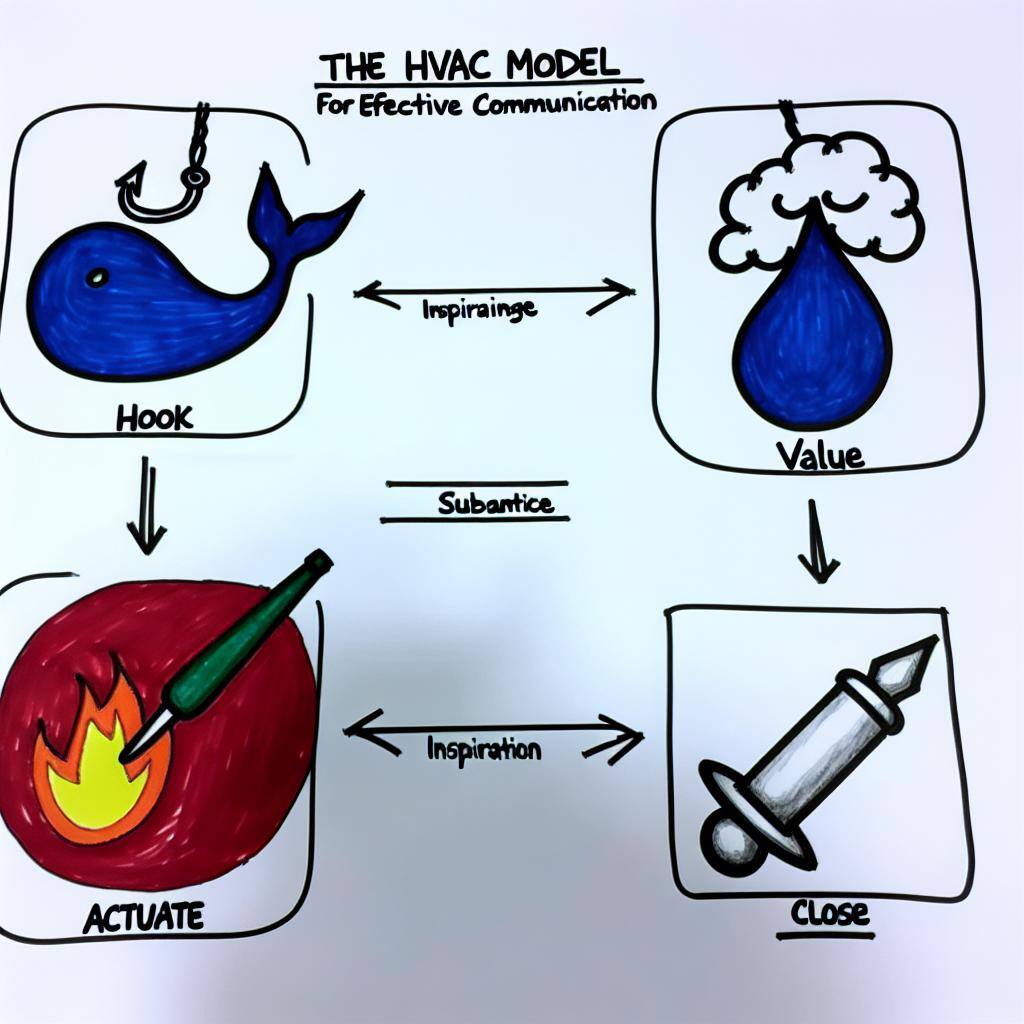

The STRIVE methodology provides organizations an agile framework to formulate, activate, and adapt business strategy with speed and substance.
STRIVE represents the following key phases – Situation, Trends, Risks, Intent, Venture, and Engage. It fuses analytical planning tools like SWOT and PESTLE with agile execution methods like rapid prototyping. This allows rigorous strategy development while enabling nimble activation and subsequent evolution.
The Situation, Trends, and Risks phases leverage analysis to understand internal capabilities and external factors. Intent then defines the vision and metrics. Venture maps strategic initiatives to the vision for execution. Engage sustains momentum via feedback loops, engaged leadership, and course corrections.
By integrating change management models like ADKAR and Kotter’s process, STRIVE aligns individual and organizational change. ADKAR’s stages mirror STRIVE’s – from awareness in Situation to reinforcement in Engage. Kotter’s steps like communicating vision and empowering action map to Intent and Venture.
STRIVE also reflects exponential learning approaches like the Universal Learning Approach. Teams take action swiftly, then iteratively improve their efforts in pursuit of their Intent as conditions change.
This fusion of analytical rigor, agile execution, and adaptability makes STRIVE uniquely holistic. It balances planning substance with the dexterity to translate strategy into outcomes. Organizations transform from static planning to continuous strategic agility.
For teams navigating uncertainty, STRIVE provides tailored strategic thinking and doing. With STRIVE, organizations can venture boldly forward into a frontier of obstacles – and transform them into landscapes of opportunity.



